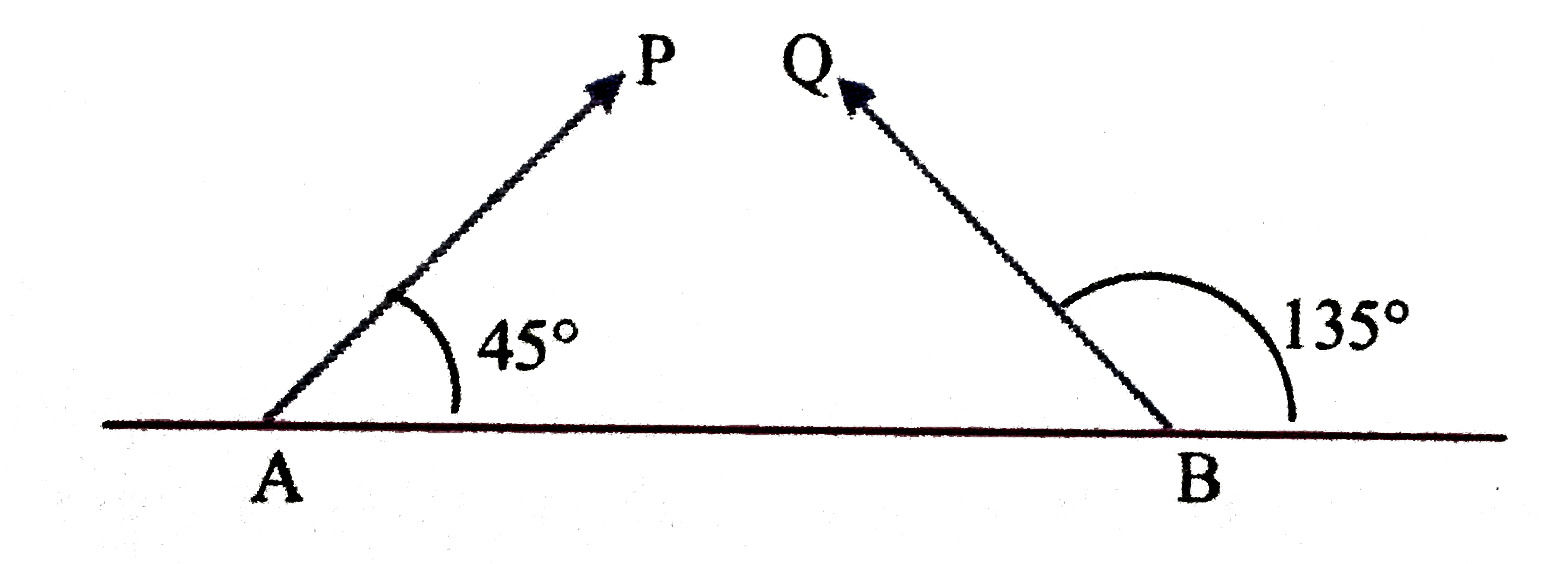A
B
C
D
Text Solution
Verified by Experts
The correct Answer is:
|
Topper's Solved these Questions
COLLISION
NARAYNA|Exercise INTEGER TYPE QUESTIONS|8 VideosView PlaylistCOLLISION
NARAYNA|Exercise Multiple Answer|11 VideosView PlaylistCIRCULAR MOTION
NARAYNA|Exercise LEVEL II(H.W)|51 VideosView PlaylistFRICTION
NARAYNA|Exercise Passage type of questions I|6 VideosView Playlist
Similar Questions
Explore conceptually related problems
Knowledge Check
A
B
C
D
Submit
A
B
C
D
Submit
A
B
C
D
Submit
Similar Questions
Explore conceptually related problems
NARAYNA-COLLISION-Level-II (H.W)
- Particles P and Q of masses 20g and 40g, respectively, are projected f...
10:10
|
Playing Now - A bicycle chain of length 1.6 m and of mass 1 kg is lying on a horizon...
02:43
|
Play - A bucket of mass 'm' tied to a light rope is lowered at a constant acc...
01:50
|
Play - A weight of 5N is moved up a frictionless inclined plane from R to Q a...
02:30
|
Play - A 5 kg stone of relative density 3 is resting at the bed of a lake. It...
05:19
|
Play - Water is drawn from a well in a 5kg drum of capacity 55L by two ropes ...
04:09
|
Play - A ball is dropped from the top of a tower. The ratio of work done by f...
04:11
|
Play - A plate of mass m, length b, and breadth a is initially lying on a hor...
02:41
|
Play - A block of mass 10 kg slides down a rough slope which is inclined at 4...
03:00
|
Play - A uniform rope of length 'L and linear density 'mu' is on a smooth ho...
04:36
|
Play - A uniform rod of mass 2kg and length l is lying on a horizontal surfa...
07:16
|
Play - A block is constrained to move along xaxis under a force F=-(2x)N. Fin...
02:14
|
Play - A force of (4x^(2)+3x)N acts on a particle which displaces it from x=2...
04:09
|
Play - A body of mass 6kg is under a force which causes displacement in it gi...
01:38
|
Play - Two spheres of same material are moving with linetic energies in the r...
03:43
|
Play - If the momentum of a body decreases by 30%, then kinetic energy decrea...
03:11
|
Play - If the mass of a moving body decreased by one third of its initial mas...
02:27
|
Play - The kinetic energy of a projectile at the highest point of its path is...
03:11
|
Play - The kinetic energy of a moving body is given by k = 2v^(2), k being in...
01:30
|
Play - A simple pendulum is swinging vertical plane. The ratio of its potenti...
04:46
|
Play - A spring of force constant 800 Nm^(-1) is stretched initially by 5 cm....
02:44
|
Play
